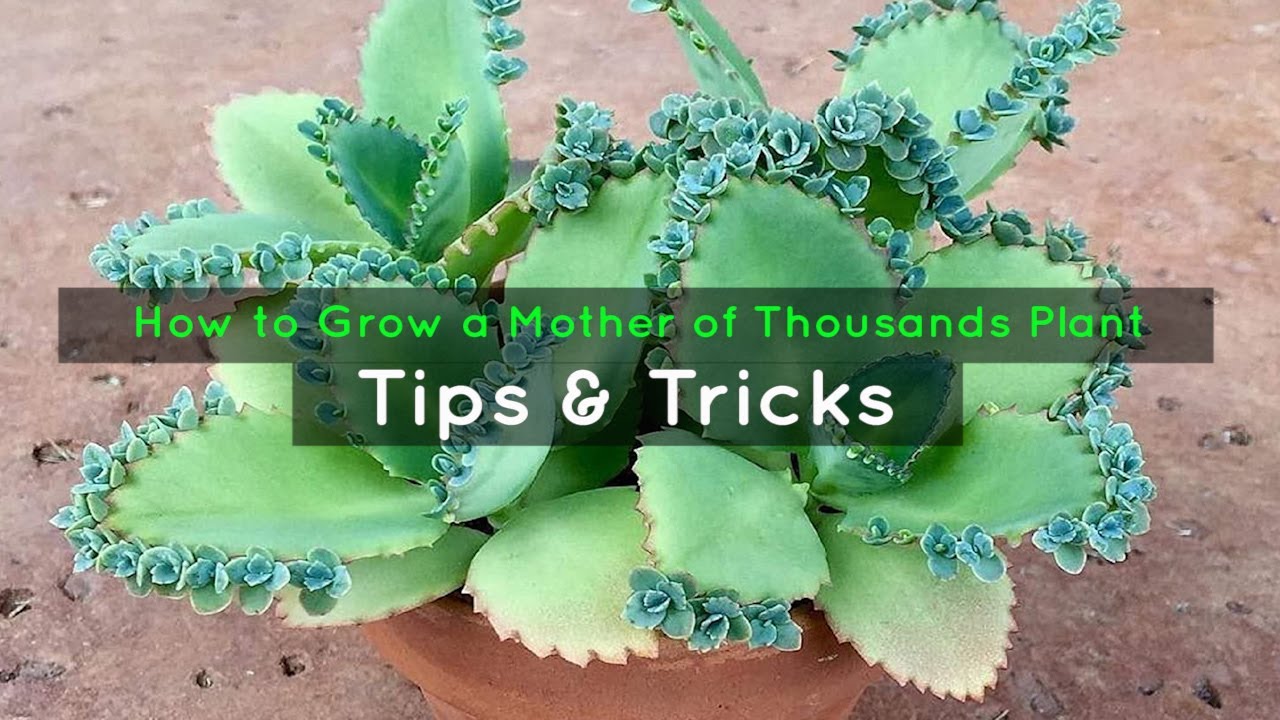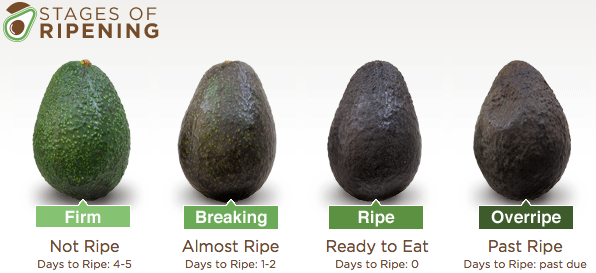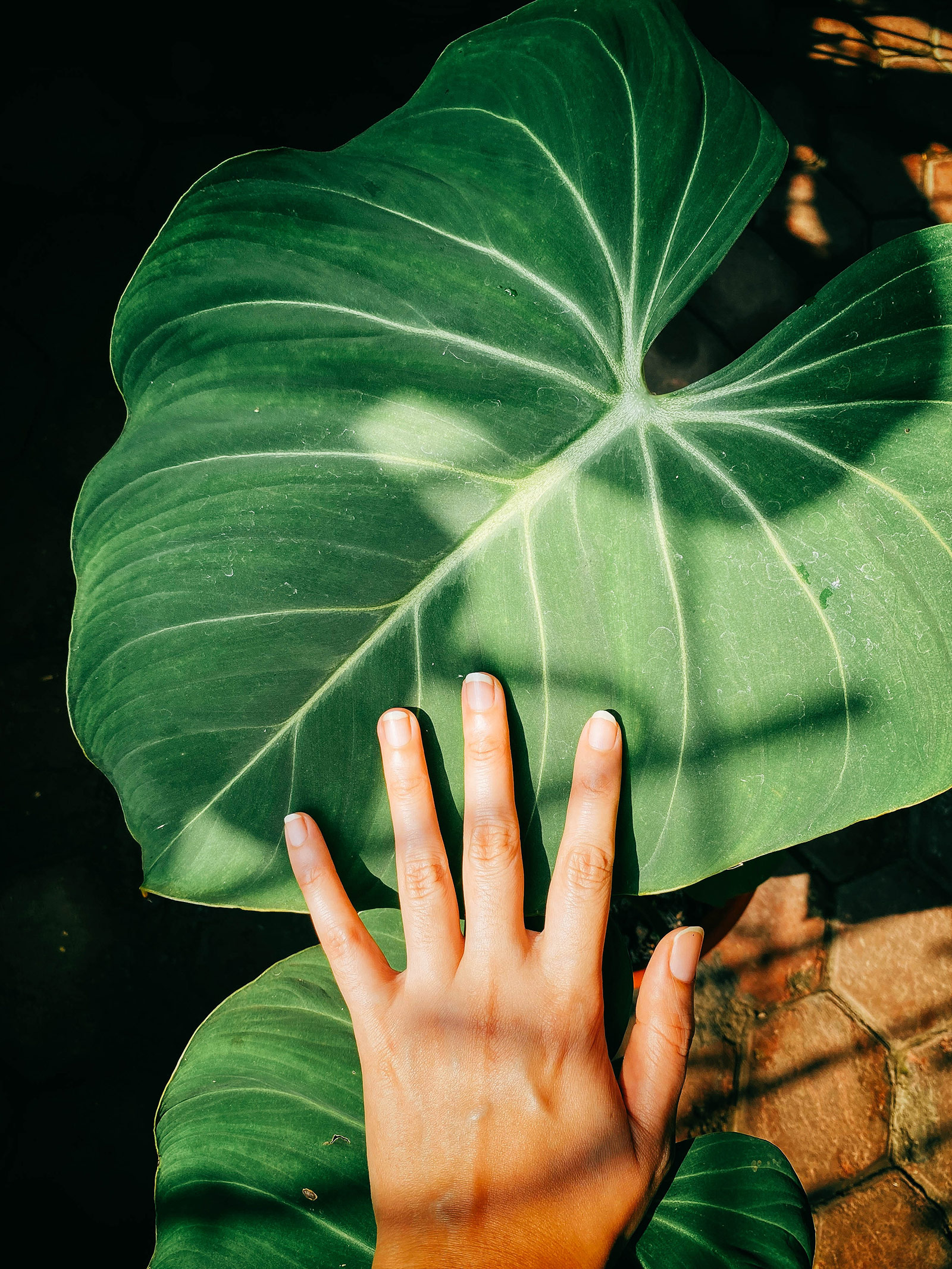Discovering the charm of succulents can lead to an enchanting addition to any plant collection, and the Mother of Thousands is a species that stands out for its unique reproductive capability. Known scientifically as Kalanchoe daigremontiana, this plant entices gardeners with its ease of care and distinctive appearance.
With a common name that sparks curiosity, Mother of Thousands has a fascinating life strategy. The edges of its leaves sprout tiny plantlets, which eventually drop and take root, continuing the cycle of life. While this self-sowing trait adds to its appeal, potential growers should be aware of its invasive nature and toxic properties, especially around pets and children.
How to care for Mother of Thousands?
Caring for Mother of Thousands is relatively straightforward. This succulent requires little maintenance, making it a great choice for those new to plant care. Here are some key tips to keep in mind.
First, make sure your plant has a well-draining pot to prevent root rot. Secondly, provide ample sunlight, ideally a few hours of direct light each day. Water sparingly, allowing the soil to dry between waterings, and be cautious of over-watering which can be detrimental to the plant’s health. Lastly, fertilize seasonally, with a balanced, diluted succulent fertilizer to promote healthy growth.
Regular inspection for pests and proper air circulation will also contribute to your plant’s well-being. If you notice any plantlets dropping, consider potting them or clear them away to prevent unwanted spreading.
What Type of Soil Should I Use for Mother of Thousands?
- Well-draining soil mix, ideal for succulents
- A blend of potting soil, coarse sand, and perlite or pumice for added drainage
- Adjust soil acidity, aiming for a pH level that is slightly acidic to neutral
The perfect soil mix will ensure that water is effectively drained, safeguarding against root rot. Choose a commercial succulent mix or create your own using the guidelines above for optimal results.
How Should I Water My Mother of Thousands?
Watering your Mother of Thousands is a critical aspect of its care. During the active growing season in warmer months, water thoroughly after the soil has completely dried out. Always check the pot’s weight or use a moisture meter to gauge when it’s time to water again.
In cooler months or during dormancy, reduce the frequency of watering to prevent root rot. It’s always better to underwater than overwater a succulent, as they are adapted to thrive in drier conditions.
How Much Light Does a Mother of Thousands Need?
Light is a crucial factor for maintaining the compact and healthy growth of Mother of Thousands. Place your plant in a location where it can receive several hours of direct sunlight daily. Inadequate light may lead to a leggy plant with weakened stems.
If grown indoors, a south-facing window is ideal. For those living in intense sun regions, light shading during the hottest parts of the day will prevent leaf burn.
Is Mother of Thousands Poisonous or Toxic?
Yes, the Mother of Thousands is considered toxic due to the presence of compounds that can cause illness if ingested. Keep it out of reach of children and pets to prevent accidental ingestion.
Symptoms of poisoning include vomiting, diarrhea, and in severe cases, changes in heart rate. If you suspect ingestion, seek medical or veterinary assistance immediately.
How to Propagate Mother of Thousands?
Propagation of Mother of Thousands is uniquely easy due to its viviparous nature. The plantlets that form along the leaf margins are the key to successful propagation.
- Gently remove a few plantlets from the mother leaf.
- Allow them to dry for a day to form a callus on the cut surface.
- Place the plantlets on top of the well-draining soil mix and press lightly.
- Keep the soil slightly moist until roots develop and new growth is visible.
What Are the Benefits of Having a Mother of Thousands Plant?
Aside from its stunning appearance, the Mother of Thousands offers several benefits. It improves air quality by filtering out toxins, requires minimal care, and can be a rewarding project for propagation enthusiasts.
Furthermore, as a conversation starter, its unique propagation method is sure to intrigue visitors and fellow plant lovers alike.
Questions Related to Growing Mother of Thousands
Why Is Mother of Thousands Illegal?
In some areas, Mother of Thousands is considered an invasive species due to its prolific self-sowing ability. Its growth can be difficult to control and may disrupt local ecosystems.
Before planting, check local guidelines to ensure compliance with environmental regulations, as it is illegal in some regions.
How to Keep the Mother of Thousands Alive?
To keep your Mother of Thousands alive, provide it with proper light, water, and soil conditions. Avoid excessive watering and ensure it gets enough sunlight, as these are the most common causes of succulent fatalities.
Can I Cut the Top Off My Mother of Thousands?
Yes, you can trim the top of your Mother of Thousands if it becomes leggy or if you want to control its height. Pruning can encourage a bushier growth habit and can be part of your regular plant care routine.
Why Is My Mother of Thousands so Tall?
If your Mother of Thousands is growing tall, it might be stretching towards the light, a condition known as etiolation. Move your plant closer to a light source to promote more compact growth.
For a visual guide on caring for this unique succulent, watch this informative video.
In summary, growing the Mother of Thousands can be a delightful and educational experience. With its self-sowing leaves and minimal care requirements, it’s a plant that offers a window into the fascinating world of succulents. By providing the right environment and staying aware of its toxic nature, you can enjoy the unique beauty of this plant for years to come.






Love this guide on Mother of Thousands! It’s such a cool plant with its self-sowing magic. The tips on soil and watering are super helpful, especially for someone like me who tends to overwater. Definitely inspired to give this unique succulent a try and see those little plantlets in action. Thanks for sharing!